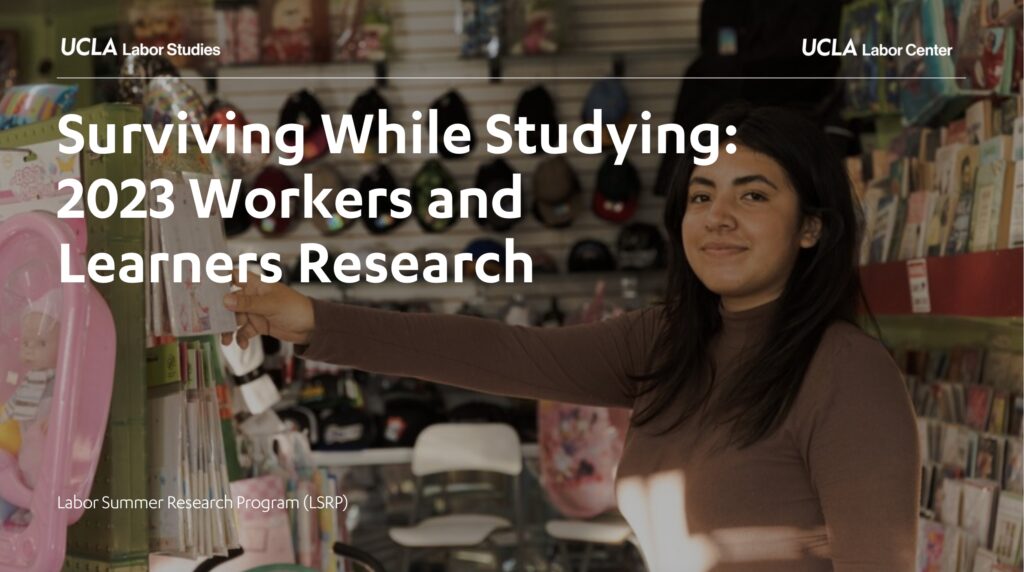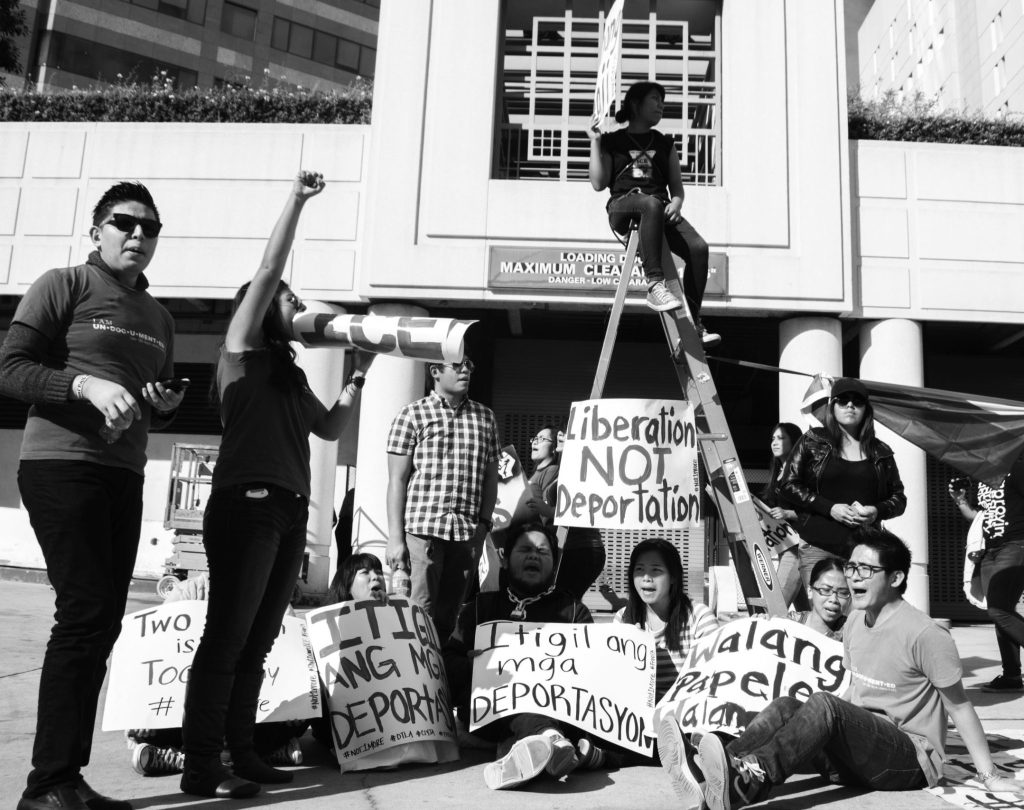Learn about key findings from the research by reading the report PDF, linked here.
Student labor has become increasingly prevalent in secondary and postsecondary institutions. Research has shown that working while also attending school is a common practice, if not an expectation, for college students. Data collected on young workers in California (UCLA Labor Center & Stuart Foundation, 2023) shows that nearly half of young workers between 16 and 24 years old also attend school. Additionally, over a fourth of high school workers and learners, and over half of college undergraduates, work over 20 hours per week.
The rise of “workers and learners” prompts a dilemma: To what extent does working while going to school impact student outcomes?
Many studies suggest that there are direct positive outcomes that result from working while attending school, such as increased employment experience and career-oriented marketable skills and a stronger resume. Worker-and-learner students overwhelmingly believe that degree completion is important and wish to earn graduate and professional degrees (UCLA Labor Center, June, 2020). However, many students lack access to professional and academic opportunities related to their future careers due to the need to work full-time hours while attending school.
Research has shown this leads to negative outcomes, including divergence toward opportunities unrelated to students’ intended academic goals (Carnevale, Smith & Melton, 2015), lower academic outcomes, longer graduation timelines, fewer instances of degree completion (Kyle, 2017; Carnevale and Smith, 2018), increased student loan debt, and lower incomes compared to non-working students (Carnevale, Smith & Melton, 2015; Kyle, 2017).
To better understand how employment can impact the student experience, the 2023 UCLA Labor Summer Research Program (LSRP 2023) student team conducted this study.


